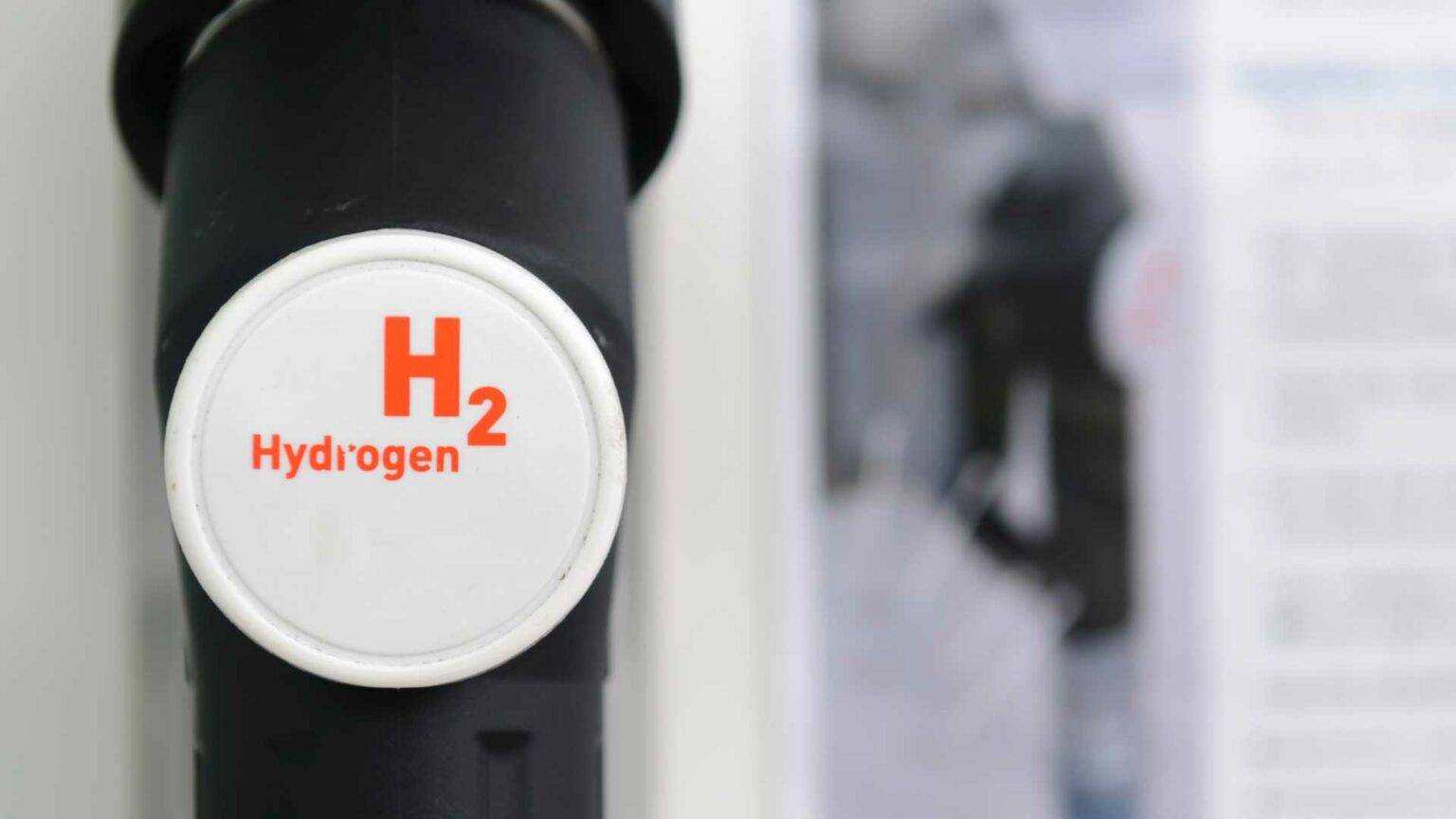Despite the evident advantages of FCEVs and EVs, challenges such as the limited refueling infrastructure, high initial costs, hydrogen storage issues, and restricted availability of FCEV models hinder their widespread adoption. This necessitates innovative solutions to overcome these barriers and facilitate the transition to sustainable transportation.
Innovative CSP-Based Hydrogen Refueling Station
A groundbreaking study published in the International Journal of Hydrogen Energy outlines the development of a concentrated solar power (CSP)–based hydrogen refueling station. Utilizing a mixed integer linear programming (MILP) model, the study focuses on devising an optimal design that integrates on-grid CSP technology to minimize the total life cycle cost of the hydrogen refueling system.
Case Study in Dhahran City
Dhahran City in Saudi Arabia provided a real-world context to validate the MILP model’s utility. Characterized by high average Direct Normal Irradiance (DNI), Dhahran is ideal for CSP technologies. The proposed hydrogen refueling station, designed to meet the daily hydrogen demand of a local taxi fleet, highlighted remarkable outcomes. The station requires a solar field spanning 71,721 square meters to generate an estimated 50,233 MWh of energy annually. Notably, the system produces an excess of 10,515 MWh, which can be exported to the grid, generating economic benefits.
Cost and Efficiency
The system’s levelized cost of hydrogen (LCOH) stands at $7.17 per kg, with a levelized cost of energy (LCOE) of $0.216 per kWh. These findings underscore the financial and environmental viability of the proposed model, establishing it as a cost-effective and sustainable solution for hydrogen production.
The research marks a significant step towards harnessing renewable energy for sustainable transportation. By leveraging CSP technologies and optimizing the design through MILP modeling, the study provides a scalable and efficient blueprint for hydrogen refueling infrastructure. This advancement is vital for regions with high solar irradiation, offering a pathway to meet the growing demand for clean and green transportation solutions.
